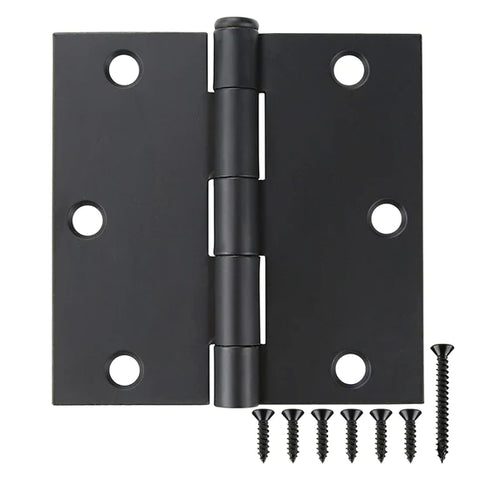
Solve Your 3.5 Inch Square Corner Hinge Problems: Easy Fixes!
If you're a homeowner or DIY enthusiast, you're likely familiar with the frustration that can arise from seemingly small issues around the house. One such annoyance that frequently crops up is problems with 3.5-inch square corner hinges. These hinges, commonly used in interior doors, cabinets, and furniture, can sometimes malfunction or become misaligned, leading to doors that don't close properly or squeak loudly when they do. Fortunately, there are several easy fixes for these common hinge problems that can save you time, money, and stress.
In this comprehensive guide, we'll explore the various issues that can arise with 3.5-inch square corner hinges and provide step-by-step solutions to help you resolve them quickly and effectively.
Understanding 3.5 Inch Square Corner Hinges
Before we dive into the fixes, let's take a moment to understand the anatomy of a 3.5-inch square corner hinge and how it functions. These hinges consist of two metal plates, or leaves, joined by a central pin. One leaf is attached to the door frame or cabinet, while the other is attached to the door itself. When the door is opened or closed, the hinge allows for smooth movement while providing support and stability.
Common problems with 3.5-inch square corner hinges include
Squeaking: Over time, hinges can accumulate dust, dirt, or debris, leading to friction between the hinge components and causing an annoying squeaking noise when the door is opened or closed.
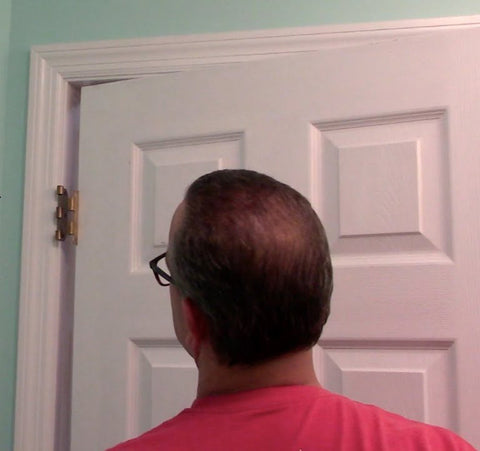
Misalignment: Hinges may become misaligned due to shifting of the door or frame, improper installation, or general wear and tear. Misaligned hinges can result in doors that don't close properly, creating gaps between the door and frame or causing the door to rub against the frame.
Looseness: Hinges can become loose over time due to repeated use or inadequate fastening. Loose hinges can cause doors to sag, wobble, or not close properly, impacting the functionality and appearance of the door.
Rust and Corrosion: Exposure to moisture, humidity, or harsh environmental conditions can cause hinges to rust or corrode, particularly in areas like bathrooms, kitchens, or outdoor applications. Rust and corrosion can impair the hinge's ability to move smoothly, leading to stiffness or difficulty in opening and closing the door.
Paint Build-up: In some cases, layers of paint can accumulate on the hinge surfaces over time, interfering with the hinge's movement and causing the door to stick or bind when opening or closing.
Now that we have a better understanding of the potential issues, let's explore some simple fixes to address them.
Easy Fixes for 3.5 Inch Square Corner Hinge Problems
Dealing with hinge issues can be frustrating, but fortunately, many common problems with 3.5-inch square corner hinges have simple solutions. Whether you're dealing with squeaking, misalignment, looseness, or rust, here are some easy fixes to help you get your hinges back in working order:
1. Squeaking Hinges
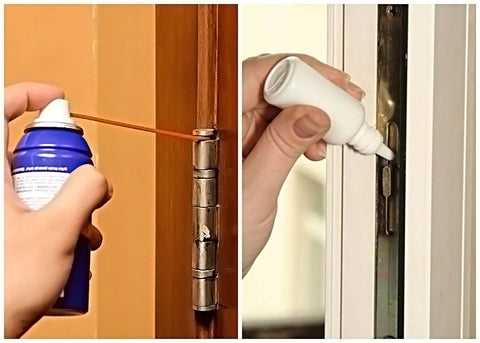
Squeaking hinges can be a major annoyance, especially in quiet environments. Fortunately, this problem is usually easy to fix with a bit of lubrication. Here's what you'll need:
Lubricating oil (such as WD-40 or a silicone-based lubricant)
Rag or paper towel
Steps:
Begin by opening the door to access the hinges.
Wipe away any dirt or debris from the hinge surfaces using a rag or paper towel.
Apply a small amount of lubricating oil to the pivot points of the hinge, ensuring that it penetrates the moving parts.
Open and close the door several times to distribute the lubricant evenly.
Wipe away any excess oil with a clean rag.
If the squeaking persists after lubrication, there may be underlying issues such as misalignment or loose screws that require further attention.
2. Misaligned Hinges
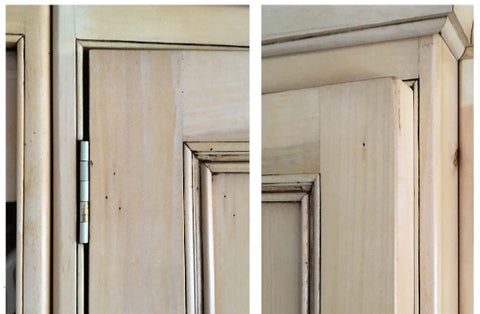
Misaligned hinges can cause doors to stick, rub against the frame, or leave gaps when closed. Thankfully, realigning hinges is a straightforward process. Here's what you'll need:
Screwdriver
Hammer (optional)
Wood shims (if needed)
Steps:
Begin by examining the alignment of the door in relation to the frame. Determine whether the door needs to be raised, lowered, or shifted horizontally to achieve proper alignment.
Loosen the screws on the hinge attached to the door frame, but do not remove them completely.
Adjust the position of the hinge to correct the alignment issue. You may need to use a hammer and wood shims to make fine adjustments.
Once the hinge is in the desired position, tighten the screws securely.
Test the door to ensure that it opens and closes smoothly without sticking or rubbing against the frame.
If the misalignment is severe or if the hinges are damaged, you may need to replace them entirely.
3. Loose Hinges
Loose hinges can cause doors to sag or wobble, affecting their functionality and appearance. Tightening loose hinges is a quick fix that can restore stability to the door. Here's what you'll need:
Screwdriver
Additional screws (if necessary)
Steps:
Carefully inspect the screws holding the hinges in place. If any screws appear loose or stripped, they will need to be replaced.
Use a screwdriver to tighten the screws on both the door and frame sides of the hinge. Apply firm pressure to ensure that the screws are securely fastened.
If a screw refuses to tighten or feels loose in the hole, remove it and replace it with a slightly longer screw to obtain a better grip.
Test the door to ensure that it opens and closes smoothly without any wobbling or instability.
Regularly checking and tightening hinge screws can help prevent future issues and prolong the lifespan of your doors.
4. Rust and Corrosion
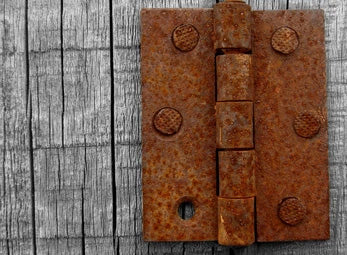
Rust and corrosion are common problems, particularly in humid or damp environments such as bathrooms and kitchens. While prevention is the best approach, addressing existing rust can help restore the functionality and appearance of your hinges. Here's what you'll need:
Wire brush or sandpaper
Rust converter or rust remover
Protective gloves
Lubricating oil
Rag or paper towel
Steps:
Begin by removing the door from the hinges, if possible, to access the affected areas more easily.
Use a wire brush or sandpaper to remove surface rust from the hinge components. Be sure to wear protective gloves to prevent injury.
Apply a rust converter or rust remover to any remaining rust spots, following the manufacturer's instructions carefully.
Once the rust has been treated, wipe away any residue with a clean rag or paper towel.
Apply a thin layer of lubricating oil to the hinge components to prevent future corrosion and ensure smooth operation.
Reattach the door to the hinges and test its movement to ensure that it opens and closes properly.
Regular maintenance, including periodic lubrication and rust prevention, can help extend the life of your hinges and prevent future problems.
Conclusion
Dealing with 3.5-inch square corner hinge problems doesn't have to be a headache. By understanding the common issues and implementing these easy fixes, you can keep your doors operating smoothly and efficiently for years to come. Whether you're dealing with squeaking hinges, misalignment, looseness, or rust, there's a solution that's simple, effective, and budget-friendly.
Remember to perform regular maintenance checks on your hinges to catch any potential issues early and address them before they escalate. With a little time and effort, you can say goodbye to hinge-related headaches and enjoy the peace of mind that comes with a well-functioning home.
So go ahead, tackle those hinge problems with confidence, and reclaim the smooth operation of your doors!

